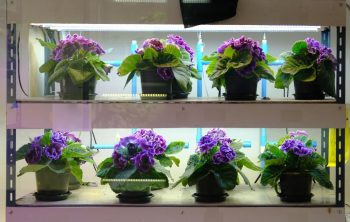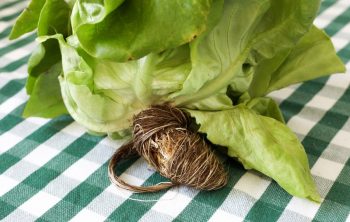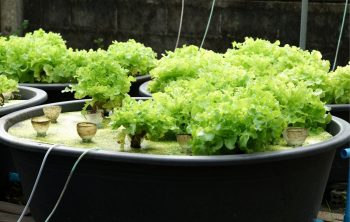This is one of the questions you will be asking If you are new to hydroponic systems. There are many reasons why you might be considering a hydroponic system instead of
While you might be a little familiar with how
Growing from seeds in a hydroponic system is a lot more preferable to transplanting from other mediums. This method helps your plant to be able to resist disease and trauma when they are grown from seedlings.
Germinating seeds in a hydroponic system aren’t at all that difficult. With the right information and a little practice, you can grow your own seeds in a hydroponic system.
Germinating Seeds in Hydroponics
When it comes to germinating seeds in hydroponics, there are a few steps you want to follow and they include
Decide On a Starter
The first thing you want to do is to decide on the type of starter to use. You can choose to use peat, Rockwool cubes, or pellets. Whichever one you choose to use; you want to ensure that they have a neutral pH. This is so as it does not harm your seeds. It also ensures that plants get enough air and moisture in the grow bed.
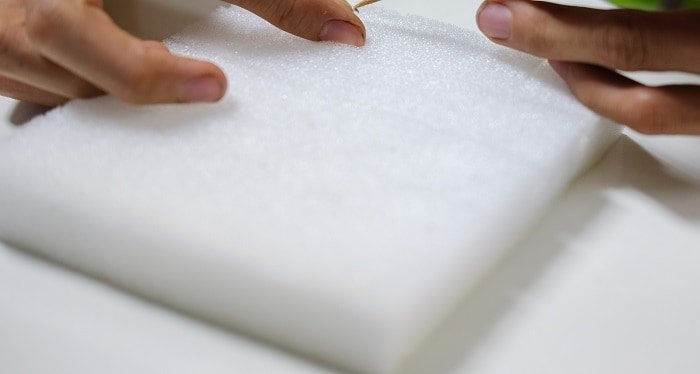
Prep Pellets and Cubes in Water
Once you decide on the type of starter to use, the next thing you want to do is to distill it in water. You should prepare your pellets and cubes by soaking them in distilled water for a few hours. If you are looking to germinate a large number of seeds, you will need to use a large container. You want to ensure that your container is large enough to support your Rockwell cubes when they get soaked in water.
You want to check the pH of the water in the container. You can easily do this with a pH testing meter or kit. A pH reading of 5.5 to 6 is what’s required to prevent the Rockwool fibers from damage.
Once the cubes and pellets are perfectly cleaned, you want to drain any excess water from it.
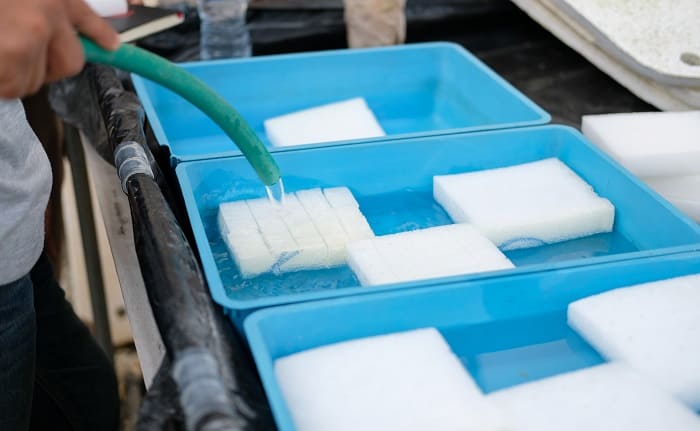
Seed Cubes and Pellets
The next step is to add seeds to your cubes and pellets. You want to put in a few seeds. This is to improve the chances of any of them sprouting. if you use Rockwell cubes, you may want to put a hole in the top of the cube. Drill to a depth of one inch. Once you’ve made the hole, you can now put your seeds in the hole.
You want to ensure that the hole is tight. This is to prevent light from passing through the hole. Remember that the seeds need to remain in the dark for them to sprout. You also want to check that the environment is properly covered to prevent evaporation and retain water.
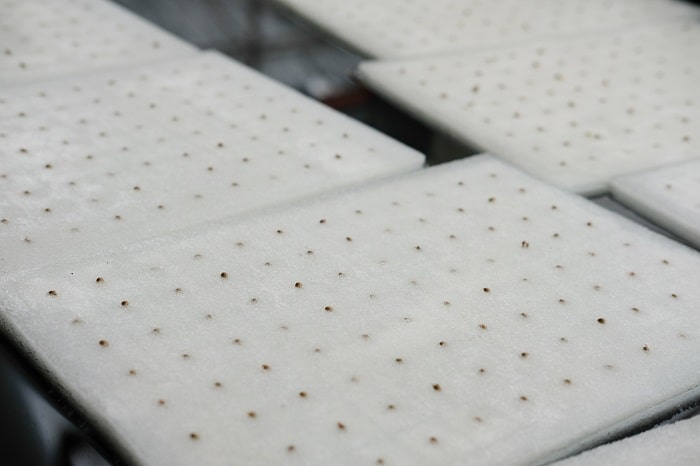
Place Pellets or Cubes in a Tray
After adding the seeds to the cubes and pellets, you want to place your cubes or pellets in a tray. Ensure that there is a distilled water up to a depth of one inch in the tray. You want to use a tray that is able to retain the water. This is necessary so as the cubes with the seeds can remain in a moist environment.
You will then need to cover the tray. You can make use of a plastic dome or a Ziploc bag. Whatever option you choose, you want to ensure that it is dark enough and tightly packed to hold moisture. Once the tray has been properly covered, you can then place it in an area with a temperature of 68F. You may need to use a heating pad to prevent temperatures from falling below this range.
The seeds are now ready to begin germinating. You will need to be checking on water levels daily if you are in a hot environment. Ensure that the water level doesn’t drop below a depth of 1 inch. You want to avoid adding any form of
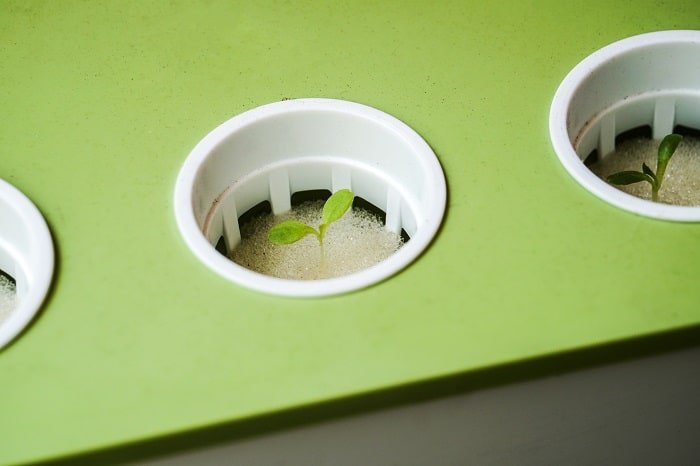
You should begin to notice the first set of true leaves after 4 or 5 days. This timeline can vary depending on the conditions if the growing bed. If you have more than one seed in the cube with shoots, you can cut off the one with the smallest shoot.
Once the first sets of true leaves are becoming noticeably. You can now introduce your seeds to light. The reason we didn’t need light before was to prevent the moisture in the tray from drying out. You can move your tray to a window that is facing the light. You want to opt for the red frequency light. This is why a grow light might be a better option. This is because it ensures the even distribution of light frequency when compared to the suns.
Transplanting
It can take up to a month for your seeds to be ready to be transplanted to the hydroponic system. You can easily identify when it is time to transplant once you begin to notice roots protruding from the bottom of your cubes.
You can transfer the entire plant with the cubes into the growing bed. Once in the growing media, you will need to water the plant daily to make up for any depleted moisture during the course of transplanting.
FAQ’s
Is tap water OK for hydroponics?
Tap water is only slightly acidic so it is a safe medium for plants.
It also contains minerals like calcium, magnesium, potassium, etc., which can help to improve plant health. I would use the tap water after running it through a filter to remove any dirt or debris.
How do you germinate seeds in hydroponics?
You can germinate seeds by soaking them for about a day in water. Soak the seeds in a jar with enough water to cover them. Check regularly to make sure they don't dry out. Change the water at least once a day. If you want to speed up the process, put the jar in the fridge and then take it out to warm up before checking.
Can you start seeds in a hydroponic system?
Yes, you can start seeds in a hydroponic system. However, they will not germinate until they are planted into the soil of your greenhouse. The seeds will then be cared for as they grow and mature. If you want to get a jump on the season and have fresh produce before it is ripe, consider starting your plants in a hydroponic system.
Hydroponic systems are also good for those with limited space. For example, if you live in a small apartment or condo, then a hydroponic system might be a better choice than a greenhouse. Hydroponic systems are easy to maintain and require less water. They also provide a safe environment for the plants. You can buy hydroponic kits at any local garden center or online.
How long do hydroponic seeds take to germinate?
You will need to experiment with this. I'm not sure what kind of soil you are growing your seedlings in, but if you're growing them in the same conditions as a regular seedling (water, light, fertilizer, etc) you should be able to see results fairly quickly. Most likely betweeen a span of 3 to 5 days.
How do you germinate tomato seeds for hydroponics?
There are several ways of germinating tomatoes in the hydroponic system.
Here's one example. You need a medium which will allow the seed to sprout and develop roots. The most common one is to use the water in which the seeds were soaked.
But you can also use a liquid medium (the water with nutrients), a semi-solid one, or a solid one. The latter is also called germination substrate. If you use a liquid or semi-solid medium, make sure that it is sterile before adding the seeds.
It is best to soak the seeds for a short time in a solution containing sterilized soil and tap water.
The liquid or semi-solid medium can be prepared by mixing the following ingredients in a bucket: ¼ cup of perlite, ¼ cup of vermiculite, ¼ cup of sand, 2 cups of water, and 2 cups of tap water (or 1/3 cup of baking soda). Mix everything together well and allow the mixture to stand for about 24 hours. After 24 hours, remove the mixture from the bucket and allow it to dry out completely.
Conclusion
Throughout the course of germination, you want to prevent the growing media from drying out. A dry growing media will prevent seeds from sprouting. you want to also hold off on any fertilizer application in the early stage of germination. It is safe to add nutrients after the seedlings sprout and you notice the first set of true leaves.
I understand that the information here can be a lot for you to comprehend. Especially if you are just starting out with a hydroponic system.
if you have any addition questions or need clarification, feel free to let us know in the comment section.

Josephine is an enthusiastic gardener who loves to spend her spare time tending to her garden. She is passionate about growing her own food, and aspires to one day have her own vegetable garden. Josephine is also an animal lover and often takes in stray cats and dogs. She enjoys spending time with her pets in the garden, and is often seen playing with them or watering her plants. Josephine is an avid reader and enjoys learning about new gardening techniques and plants. She is always looking for ways to improve her garden and make it more beautiful. She is a great friend, always willing to lend a helping hand when needed. Josephine‘s passion for gardening and love of animals make her a wonderful addition to any garden.


